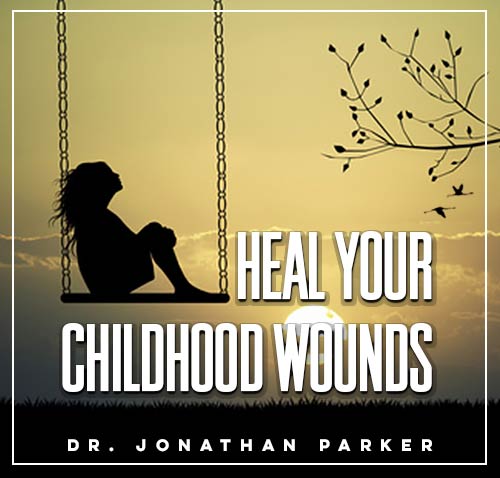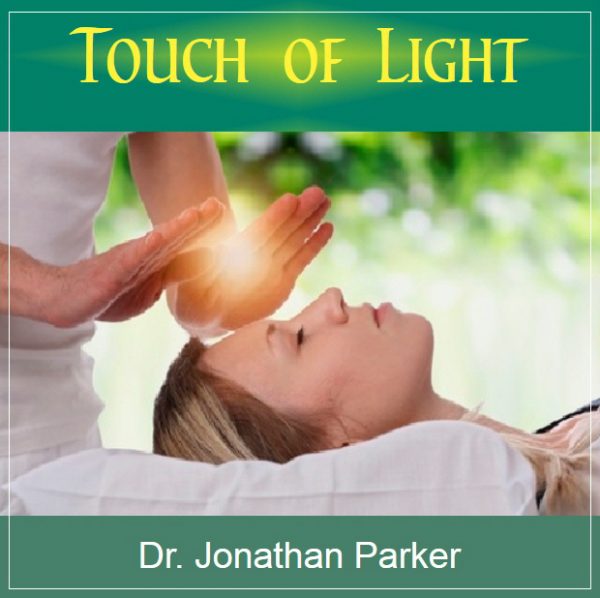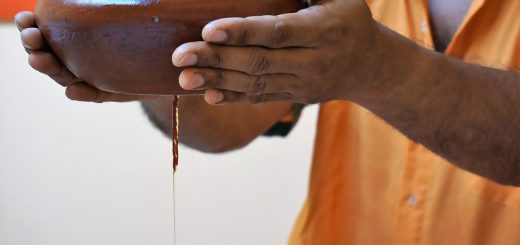Overcoming and Healing Childhood Pain

Hey there, amazing readers! 🖐️ Just a quick note: yes, we know there are a lot of ads here. Trust us, we get it—it’s not the prettiest look, but they help us keep this blog alive and kicking. Those pesky little ads cover the costs of all the behind-the-scenes magic, from hosting and tech stuff to creating content we hope you’ll love.
We’re committed to delivering quality posts, and your support (even just sticking around despite the ads) means everything to us. So, bear with us, and thanks for helping us keep the good vibes rolling. Now, on to the fun stuff! 😉
TRANSLATE BUTTON AT THE END OF THE ARTICLE
Understanding Childhood Pain
Childhood pain refers to emotional, physical, or psychological distress experienced during childhood.
This pain can stem from various sources such as abuse, neglect, family dysfunction, or traumatic events.
These experiences can leave a lasting impact on a person’s mental and emotional well-being well into adulthood.
Understanding childhood pain involves recognizing the ways in which these early experiences shape an individual’s beliefs, behaviors, and relationships.
Impact of Childhood Trauma
Childhood trauma can have a profound impact on a person’s life, affecting their ability to form healthy relationships, cope with stress, and regulate emotions.
Studies have shown that individuals who experience childhood trauma are more likely to suffer from mental health issues such as anxiety, depression, and post-traumatic stress disorder.
Furthermore, childhood trauma can also impact physical health, leading to an increased risk of chronic conditions such as heart disease, diabetes, and obesity.
Recognizing Childhood Wounds
Recognizing childhood wounds is an essential step in the healing process.
These wounds may manifest as feelings of shame, unworthiness, or fear of abandonment.
It is important to acknowledge and validate these emotions in order to begin the healing journey.
By recognizing the impact of childhood wounds, individuals can gain insight into their behaviors and patterns of thinking that may be influenced by past experiences.
Healing Strategies for Adults
Healing childhood pain as an adult requires a multifaceted approach that addresses emotional, psychological, and physical well-being.
Some effective healing strategies include therapy, journaling, mindfulness practices, and self-care routines.
By exploring and processing past traumas with the help of a therapist or counselor, individuals can begin to heal old wounds and cultivate a sense of resilience and empowerment.
Importance of Self-Compassion
Self-compassion is a crucial component of healing childhood pain.
By practicing self-compassion, individuals can learn to treat themselves with kindness, understanding, and acceptance.
This involves recognizing and challenging negative self-talk, setting boundaries, and engaging in activities that bring joy and fulfillment.
Self-compassion allows individuals to nurture themselves through difficult times and build a sense of inner strength and resilience.
Seeking Professional Help
Seeking professional help is often necessary when dealing with childhood pain.
Therapists, counselors, and mental health professionals can provide the support, guidance, and tools needed to navigate the healing process.
Through therapy, individuals can explore their past experiences, gain insight into their emotions and behaviors, and develop coping strategies to manage distressing symptoms.
Professional help can offer a safe space for individuals to process their pain and work towards healing and growth.
Cultivating Resilience
Cultivating resilience is an essential aspect of overcoming childhood pain.
Resilience involves the ability to bounce back from adversity, adapt to challenges, and thrive in the face of difficult circumstances.
Building resilience may involve developing healthy coping mechanisms, fostering supportive relationships, and practicing self-care.
By cultivating resilience, individuals can navigate the ups and downs of life with greater ease and strength.
Building Support Systems
Building a strong support system is crucial for healing childhood pain.
Supportive relationships with friends, family members, or support groups can provide emotional validation, encouragement, and a sense of belonging.
These connections can offer a safe space for individuals to share their experiences, receive empathy and understanding, and feel less alone in their healing journey.
Building a support system can help individuals feel supported and valued as they work towards healing and growth.
Mindfulness and Meditation
Mindfulness and meditation practices can be powerful tools for healing childhood pain.
Mindfulness involves being present in the moment, observing thoughts and emotions without judgment, and cultivating self-awareness.
Meditation practices can help individuals calm the mind, reduce stress, and increase feelings of peace and relaxation.
By incorporating mindfulness and meditation into daily routines, individuals can develop a greater sense of inner peace, clarity, and resilience.
Embracing Inner Child Work
Embracing inner child work involves reconnecting with the wounded child within and offering love, compassion, and healing to that part of oneself.
Inner child work can involve visualization exercises, journaling, or creative expression to explore and process childhood wounds.
By nurturing the inner child, individuals can address unresolved pain, heal past traumas, and cultivate a sense of self-love and acceptance.
Embracing inner child work can be a transformative practice for healing childhood pain and fostering emotional growth.
Breaking Cycle of Pain
Breaking the cycle of pain involves consciously choosing to heal past wounds and create a different future for oneself.
This process may involve setting boundaries with toxic individuals, practicing self-care, and engaging in therapy to address underlying issues.
By breaking free from unhealthy patterns and behaviors, individuals can create a new narrative for themselves based on self-love, empowerment, and resilience.
Breaking the cycle of pain requires courage, self-awareness, and a commitment to personal growth and healing.
Finding Peace and Closure
Finding peace and closure in the aftermath of childhood pain is a deeply personal journey that requires time, patience, and self-compassion.
It may involve forgiveness, letting go of past hurts, and embracing a new sense of wholeness and healing.
Finding peace and closure does not mean forgetting the past but rather finding a sense of acceptance and peace with what has happened.
Through self-reflection, therapy, and healing practices, individuals can find peace and closure as they release old wounds and embrace a brighter, more hopeful future.
Conclusion
Healing childhood pain is a complex and challenging process that requires courage, self-awareness, and a commitment to personal growth.
By understanding the impact of childhood trauma, recognizing childhood wounds, and seeking professional help, individuals can begin the journey towards healing and resilience.
Cultivating self-compassion, building support systems, and embracing mindfulness practices can further aid in the healing process.
By breaking the cycle of pain, embracing inner child work, and finding peace and closure, individuals can transform their past pain into a source of strength and empowerment.
Remember, healing is a journey, not a destination, and with dedication and support, healing childhood pain is possible.

The Enlightenment Journey is a remarkable collection of writings authored by a distinguished group of experts in the fields of spirituality, new age, and esoteric knowledge.
This anthology features a diverse assembly of well-experienced authors who bring their profound insights and credible perspectives to the forefront.
Each contributor possesses a wealth of knowledge and wisdom, making them authorities in their respective domains.
Together, they offer readers a transformative journey into the realms of spiritual growth, self-discovery, and esoteric enlightenment.
The Enlightenment Journey is a testament to the collective expertise of these luminaries, providing readers with a rich tapestry of ideas and information to illuminate their spiritual path.
Our Diverse Expertise 🌟
While our primary focus is on spirituality and esotericism, we are equally passionate about exploring a wide range of other topics and niches 🌍📚. Our experienced team is dedicated to delivering high-quality, informative content across various subjects ✨.
To ensure we provide the most accurate and valuable insights, we collaborate with trusted experts in their respective domains 🧑🏫👩🏫. This allows us to offer well-rounded perspectives and knowledge to our readers.
Our blog originally focused on spirituality and metaphysics, but we’ve since expanded to cover a wide range of niches. Don’t worry—we continue to publish a lot of articles on spirituality! Frequently visit our blog to explore our diverse content and stay tuned for more insightful reads.






















